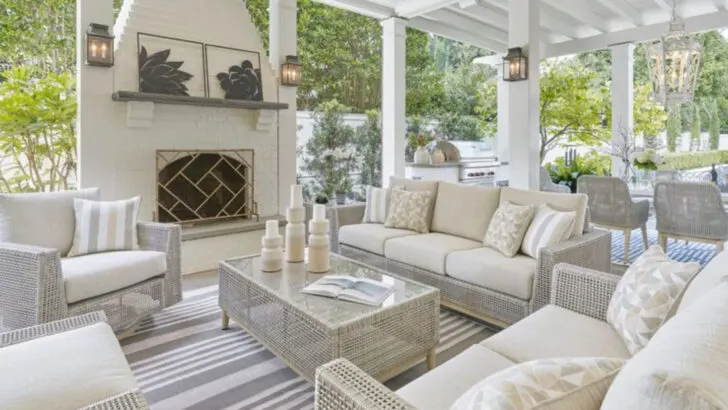Every year, flashy new garden trends take over social media, promising to turn your backyard into a magazine-worthy retreat. But many of these ideas come with a hefty price tag—and a short shelf life. What looked cutting-edge one summer can feel dated (or dead) by the next. From costly materials that don’t hold up in real weather to overstyled layouts that are a nightmare to maintain, these expensive gardening mistakes can drain your wallet without giving lasting joy.
On the flip side, some classic elements have stood the test of time. Whether it’s a simple gravel path, well-placed perennial beds, or a cozy bench under a tree, there are certain timeless garden ideas that never go out of style. These designs don’t just look beautiful—they evolve naturally, get better with age, and cost far less to implement and maintain over time. It’s no wonder seasoned gardeners stick with these tried-and-true choices.
In this article, we break down 12 garden trends that look good for a minute but don’t last, plus 8 timeless features that continue to bring beauty, value, and ease year after year. If you’re dreaming of a garden that’s both stylish and sustainable, these insights will help you spend smarter—and enjoy your outdoor space for years to come.
Outdoor Pizza Ovens

Outdoor pizza ovens once sparked excitement, promising artisanal pizza experiences right at home. However, their allure often wanes as maintenance and limited use make them less practical. These ovens demand a significant investment, both in money and space, only to be used sporadically. Finding the right spot in the garden can also be challenging, especially in smaller spaces. Many find that a standard barbecue grill offers similar culinary delights with less hassle. As the novelty wears off, these ovens often turn into expensive garden ornaments rather than functional cooking stations.
Vertical Gardens
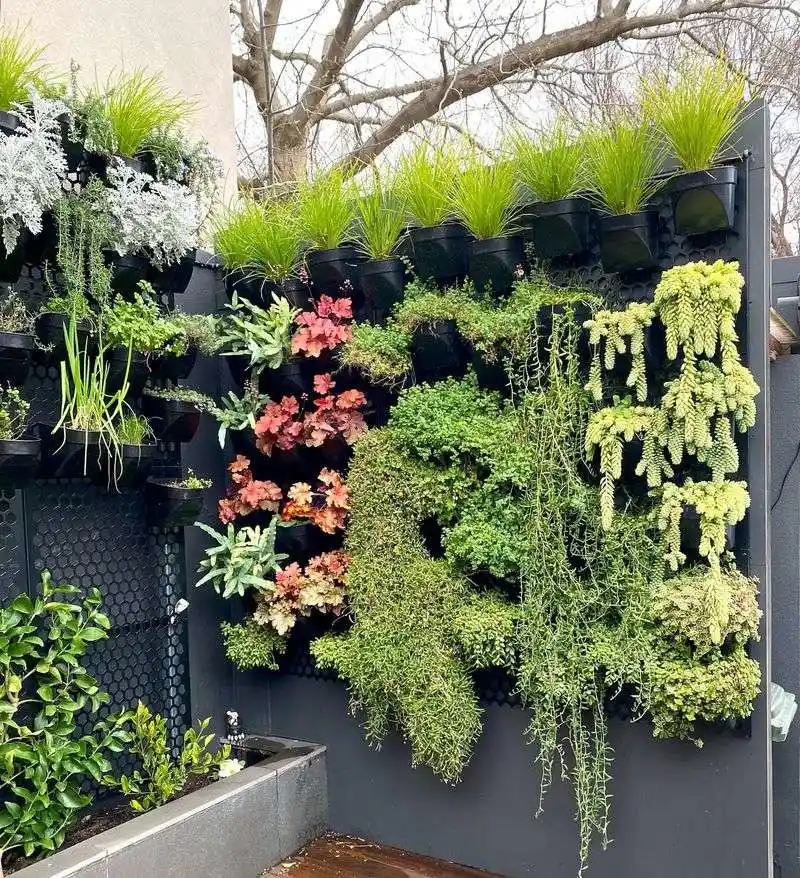
Initially hailed as a revolutionary space-saving solution, vertical gardens frequently succumb to practical challenges. Their maintenance requires specialized care; plants often suffer from uneven watering and light conditions. In urban environments, they can struggle against pollution and lack of sunlight. Additionally, the cost of setting up and maintaining these structures can be prohibitive. Over time, the allure of vertical gardens as sustainable art pieces fades, leaving behind wilted remnants. Enthusiasts eventually revert to traditional planting methods that offer more control and longevity.
Exotic Plant Collections

The fascination with exotic plant collections often begins with the thrill of acquiring rare species. However, their demanding care needs and susceptibility to local pests and climates can turn excitement into frustration. Many exotic plants require specific conditions that are difficult to replicate outside their native habitats. The costs associated with purchasing and maintaining these plants can be exorbitant. As the novelty fades, gardeners frequently return to native species that harmonize better with their environment and require less intensive care.
Expensive Water Features

Water features often mesmerize with their tranquil beauty and the soothing sound of flowing water. However, the reality of maintenance and repair costs can be daunting. Algae buildup, electrical issues, and water pump failures are common problems that require constant attention. Additionally, the water consumption can be considerable, raising environmental and financial concerns. As these factors accumulate, the once-enchanting water features may become a burdensome aspect of garden upkeep, overshadowing the initial appeal of having a personal oasis.
Bonsai Trees
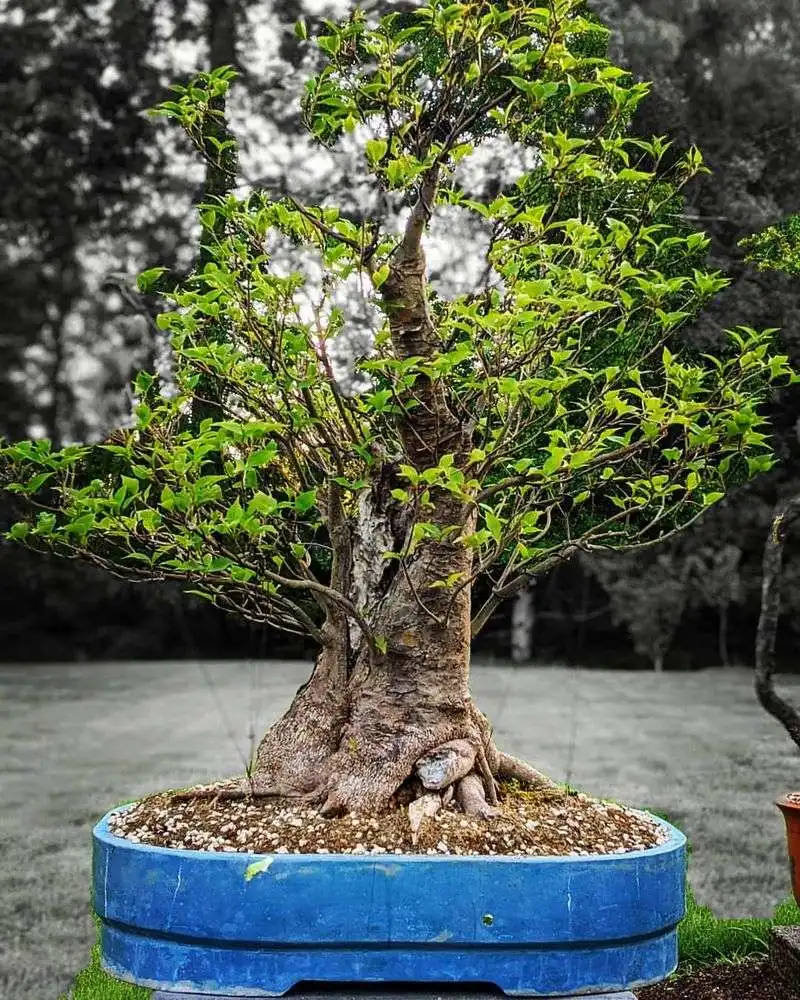
Bonsai trees captivate with their miniature, sculptural beauty, embodying patience and precision. Yet, their intricate care regimen, including regular pruning, precise watering, and seasonal repotting, deters many. These trees demand a level of commitment and expertise that can be overwhelming for casual gardeners. Additionally, bonsai’s slow growth offers limited immediate gratification, testing the patience of even the most dedicated. Over time, many enthusiasts find themselves gravitating towards less demanding plants that provide fulfillment without the meticulous attention bonsai requires.
Luxury Outdoor Furniture
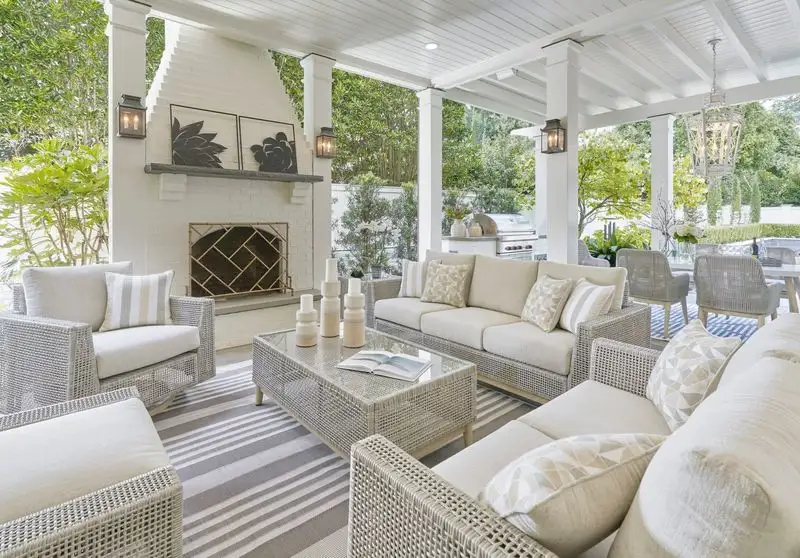
Luxury outdoor furniture promises to transform gardens into opulent retreats. However, the high price tag often doesn’t equate to longevity. Exposure to the elements can quickly degrade expensive materials, leading to faded colors and worn fabrics. Frequent maintenance and seasonal storage become tedious, detracting from the enjoyment. Many garden owners eventually opt for more durable, cost-effective furniture options. These alternatives offer style and comfort without the constant worry of weather damage, ensuring more practical and lasting garden enjoyment.
High-Maintenance Lawns
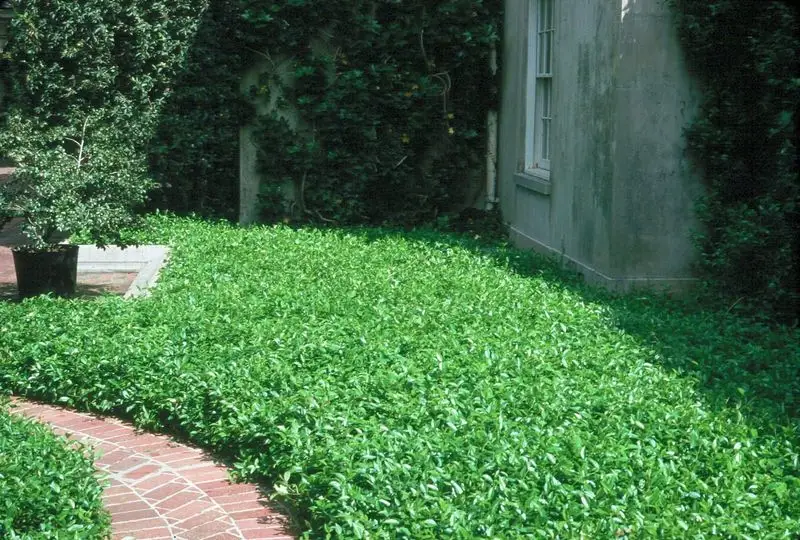
The pursuit of the perfect lawn often leads to high maintenance demands and environmental concerns. Frequent mowing, watering, and fertilization require time and resources, not to mention the environmental impact of chemicals and water use. These lawns also lack resilience against changing climate conditions, often browning or thinning during droughts. Over time, many homeowners shift towards eco-friendly alternatives like wildflower meadows or low-maintenance grasses. These options not only offer beauty and biodiversity but also reduce the ecological footprint of traditional lawn care.
Themed Gardens
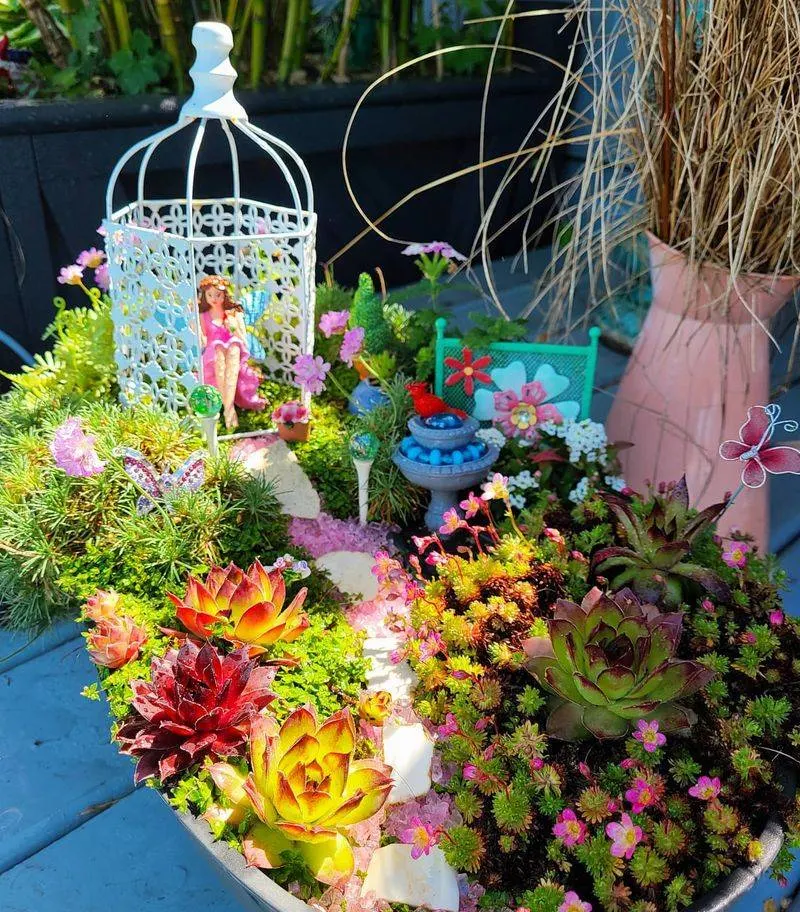
Themed gardens, such as Japanese or Mediterranean styles, initially intrigue with their distinct aesthetics and cultural appeal. However, the challenge of sourcing appropriate plants and materials can be daunting. These gardens often require meticulous design and upkeep to maintain their intended look. Seasonal changes and local climate conditions can further complicate the preservation of such themes. As practical challenges mount, many gardeners transition to more adaptable designs that accommodate a variety of plants and styles, offering flexibility and reduced maintenance.
Exotic Ornamental Grasses
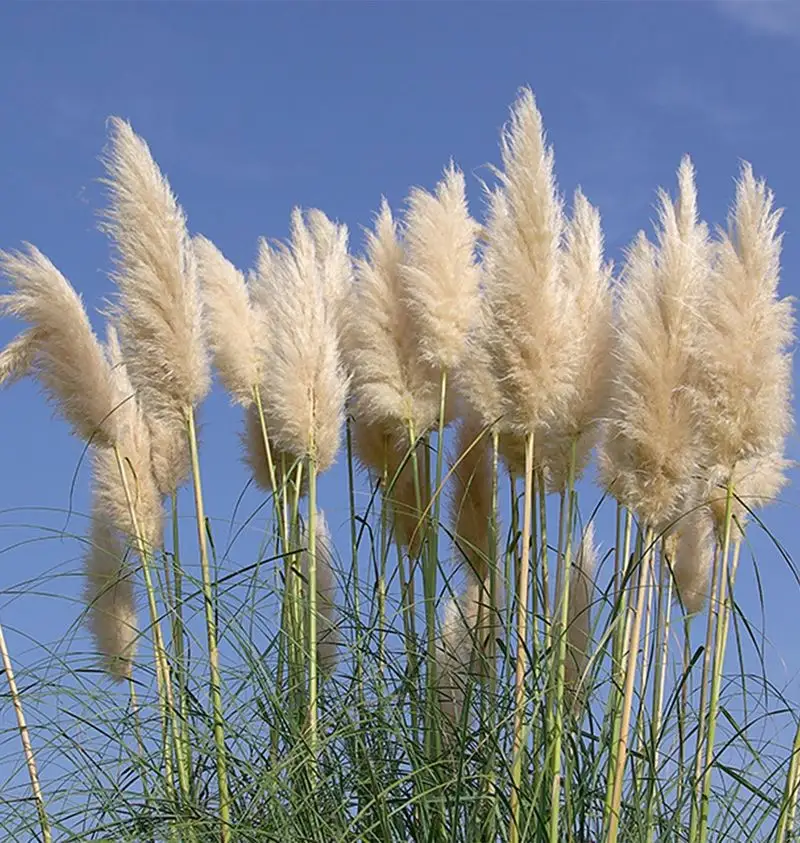
Ornamental grasses initially enchant with their texture and movement, adding dynamic beauty to gardens. However, their tendency to spread aggressively can quickly turn them from asset to nuisance. Many species require regular division and control to prevent them from overtaking other plants. Additionally, some exotic grasses may struggle in non-native climates, leading to patchy growth or winter dieback. As the effort to manage them increases, gardeners often replace these grasses with more manageable perennials that offer similar aesthetic appeal without the hassle.
Outdoor Kitchens
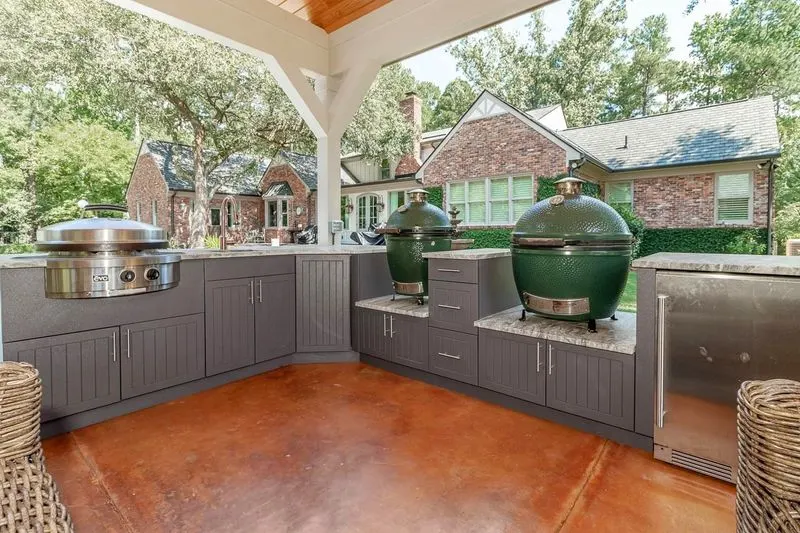
The allure of outdoor kitchens lies in the promise of alfresco dining and entertaining. However, they often require significant investment and space, not to mention regular maintenance to withstand the elements. Appliances and fixed installations can suffer from weather-related wear, necessitating costly repairs or replacements. As the novelty of cooking outdoors fades, many homeowners find themselves returning to their indoor kitchens for convenience. Consequently, outdoor kitchens may become underutilized features that don’t justify their initial expense.
Artificial Turf
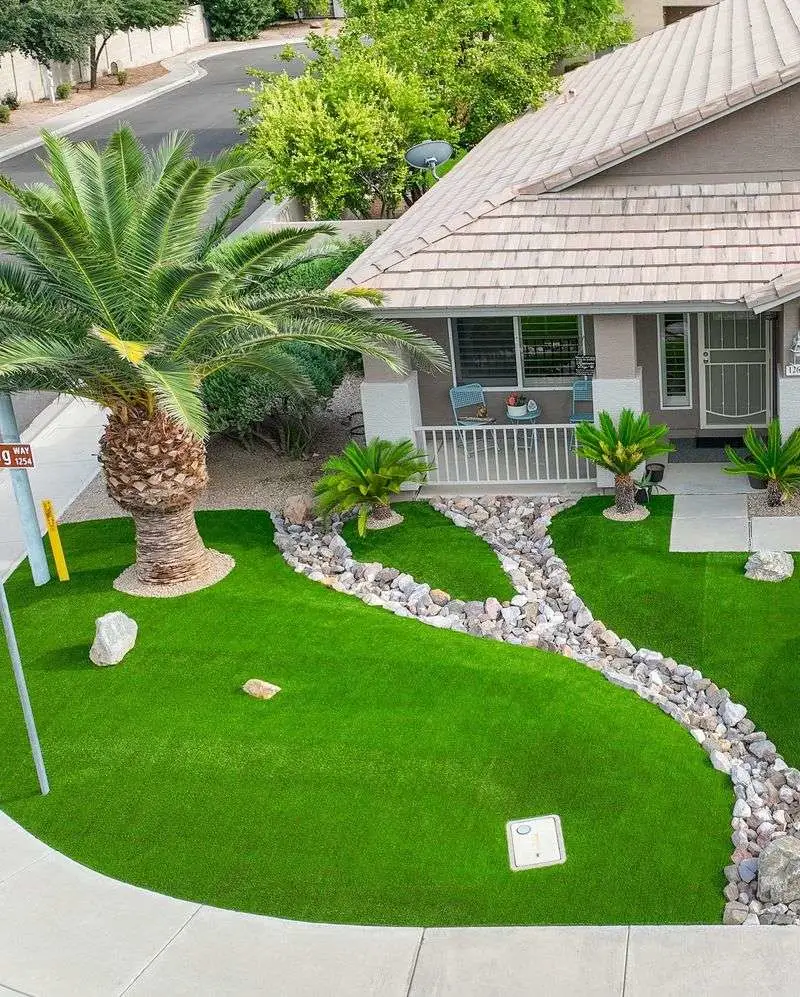
Artificial turf impresses with its promise of a flawless, green lawn year-round, sans mowing or watering. However, its initial appeal often diminishes as environmental and maintenance concerns arise. Turf surfaces can become hot in direct sunlight, limiting their usability. Additionally, the lack of biodiversity and potential surface runoff issues can deter eco-conscious gardeners. Over time, many opt for natural alternatives that support local ecosystems and provide a more authentic gardening experience. The shift reflects a growing awareness of sustainable practices in garden design.
Native Plant Gardens
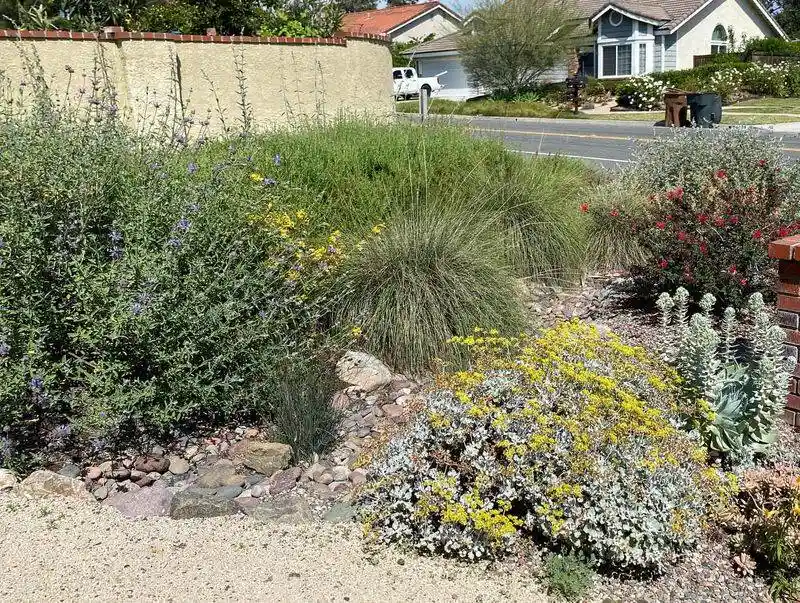
Native plant gardens celebrate local flora, fostering biodiversity and reducing maintenance demands. These gardens thrive with minimal intervention, naturally adapting to regional climates and soil conditions. By attracting local wildlife, they create vibrant ecosystems right in your backyard. Native plants often require less water and are more resistant to pests, making them sustainable choices for environmentally conscious gardeners. Incorporating these plants not only supports conservation efforts but also provides a unique sense of place, reflecting the natural beauty of your area.
Perennial Borders
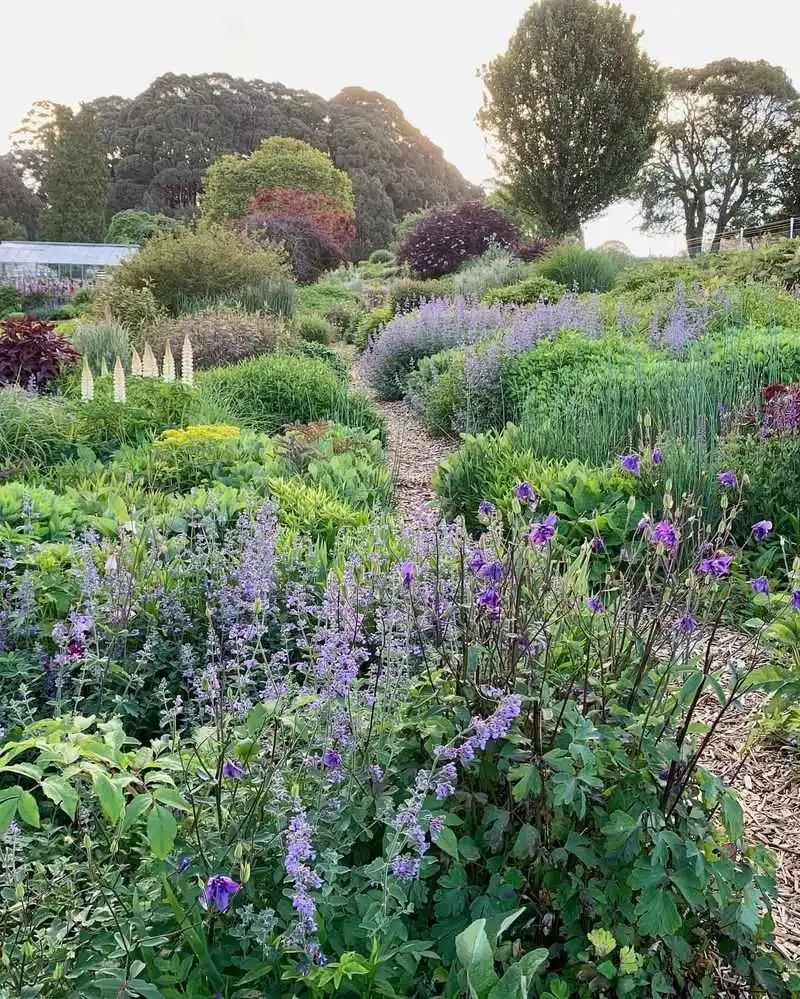
Perennial borders enchant with their ever-changing display of colors and textures throughout the seasons. Once established, these plants return year after year, offering reliable beauty with minimal effort. They provide a dynamic backdrop for garden landscapes, supporting pollinators and enhancing biodiversity. Perennials’ adaptability to different garden styles and conditions makes them versatile choices for any gardener. By combining various species, gardeners can create a harmonious blend that evolves with time, ensuring a garden that is both timeless and vibrant.
Raised Garden Beds
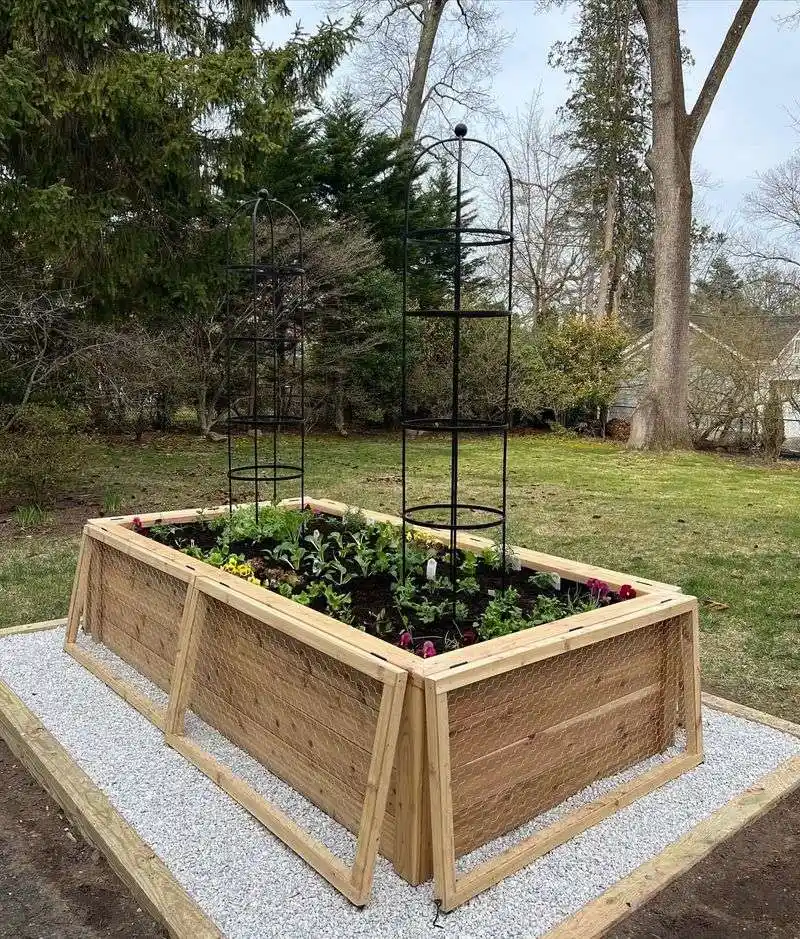
Raised garden beds offer a practical and aesthetic solution for growing vegetables and plants. They provide better drainage, reduce soil compaction, and can be easier to manage for those with limited mobility. These beds often lead to higher yields and healthier plants, as they allow gardeners to control soil quality more effectively. Raised beds can be constructed in various sizes and materials, fitting any garden space or design. Their enduring popularity lies in their adaptability and efficiency, making them a favored choice among both novice and experienced gardeners.
Rock Gardens
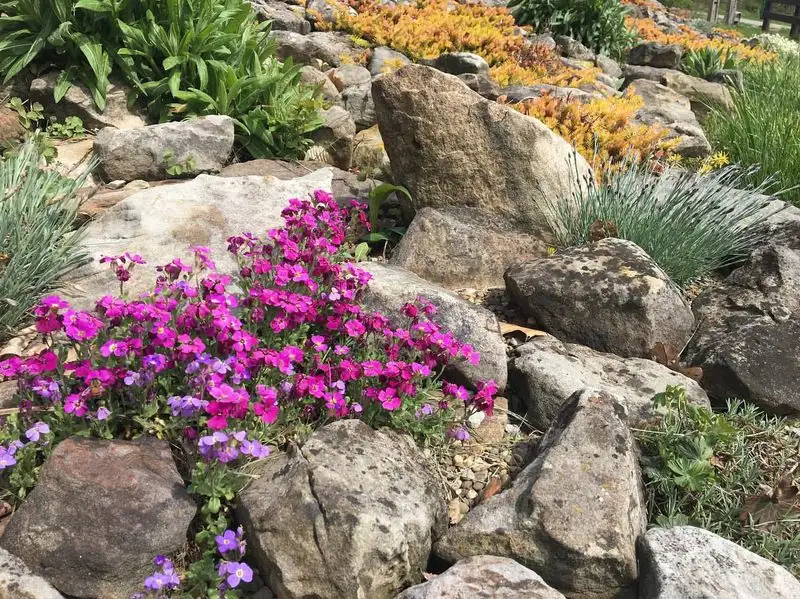
Rock gardens captivate with their rugged beauty, offering a low-maintenance and drought-tolerant landscape option. These gardens often incorporate succulents, alpines, and drought-resistant plants, thriving in well-drained soil conditions. Their design mimics natural rocky landscapes, adding texture and interest to any garden space. Rock gardens are particularly favored in challenging climates where water conservation is crucial. By embracing the natural aesthetic of stones and resilient plants, gardeners create a timeless feature that requires minimal upkeep, aligning with sustainable gardening practices.
Cottage Gardens
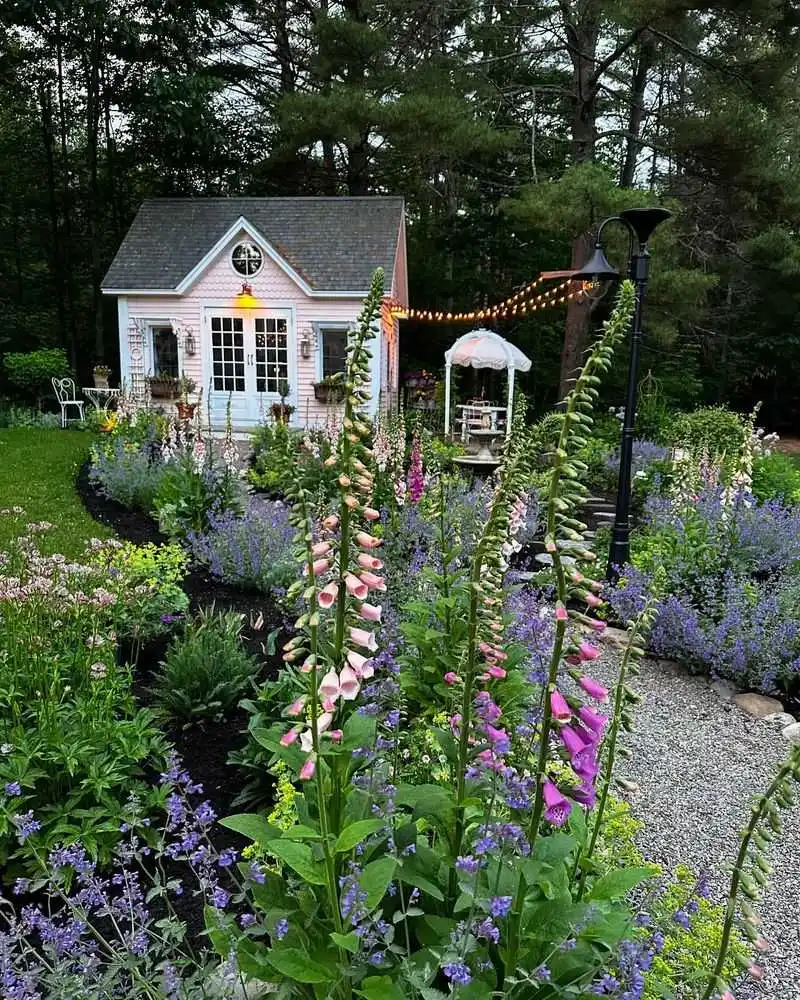
Cottage gardens exude charm with their informal design and abundance of colorful blooms. This timeless style combines various flowers, herbs, and ornamental plants, creating a lush and inviting space. The unstructured layout encourages biodiversity, attracting pollinators and beneficial insects. Cottage gardens are easy to adapt to different spaces and climates, making them accessible to many gardeners. Their appeal lies in their ability to transform any area into a whimsical retreat, reflecting a personal touch and a love for nature’s wild beauty without demanding meticulous upkeep.
Herb Gardens
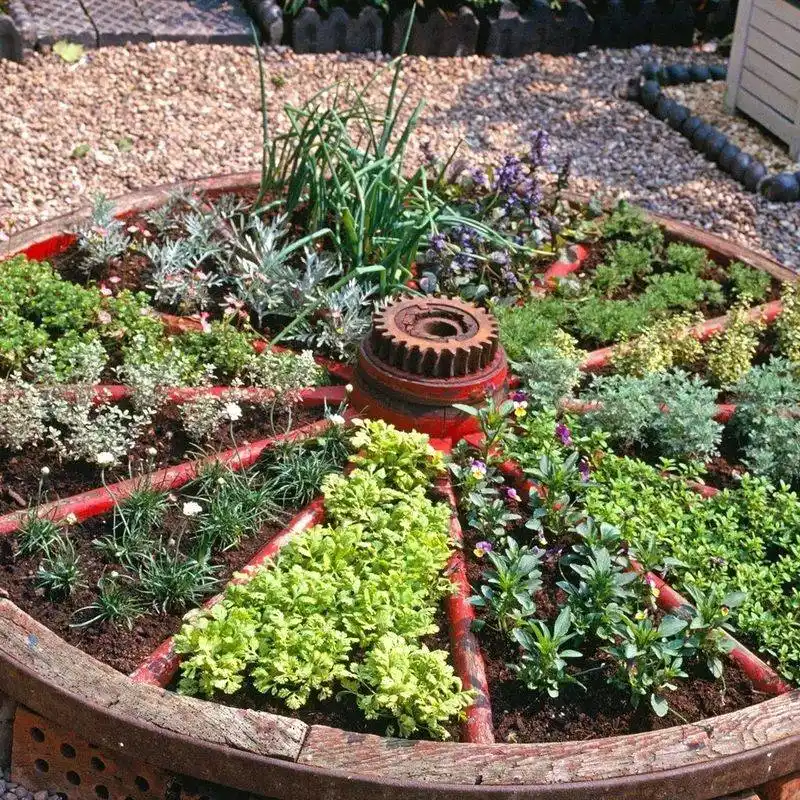
Herb gardens delight with their practicality and aromatic allure, offering fresh flavors right at your doorstep. These gardens are easy to cultivate, requiring minimal space and effort. Herbs thrive in diverse conditions, making them suitable for both outdoor plots and indoor pots. Besides culinary uses, they provide visual interest and fragrance, enhancing any garden setting. Herb gardens are versatile, complementing a wide range of garden styles while promoting a sustainable, homegrown lifestyle. Their enduring popularity stems from their simplicity and the joy of harvesting your own ingredients.
Wildflower Meadows
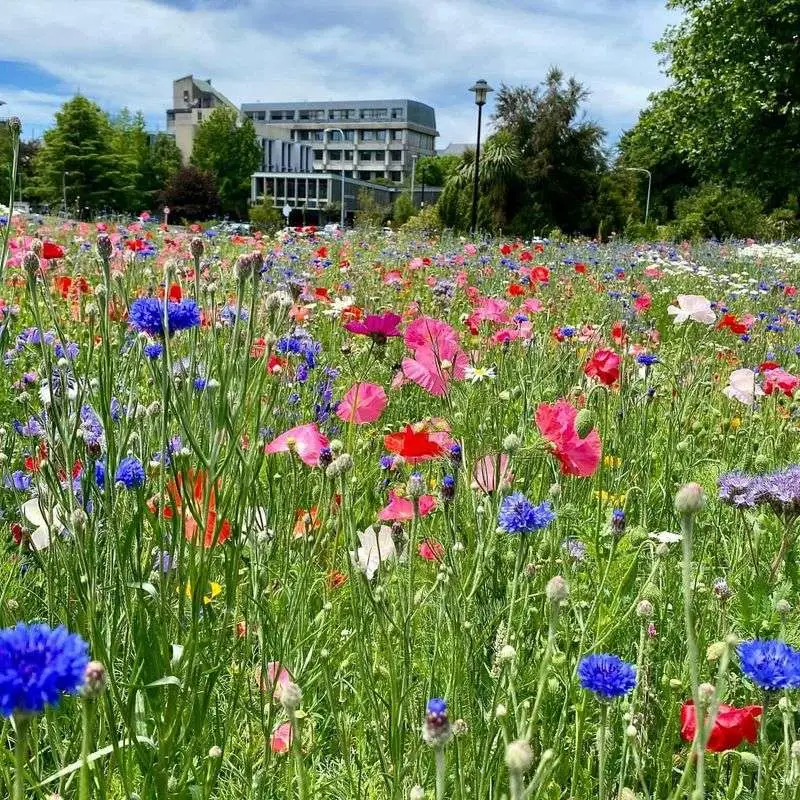
Wildflower meadows enchant with their vibrant displays, supporting a rich tapestry of biodiversity. These meadows require minimal maintenance, thriving on neglect and natural conditions. By choosing native wildflowers, gardeners contribute to local ecosystems, providing habitats for pollinators and wildlife. Wildflower meadows offer a sustainable alternative to traditional lawns, reducing water usage and eliminating the need for fertilizers. Their dynamic beauty changes with the seasons, ensuring a captivating garden that respects nature’s rhythms. The allure lies in their blend of ecological benefit and visual splendor.
Climbing Plants and Vines
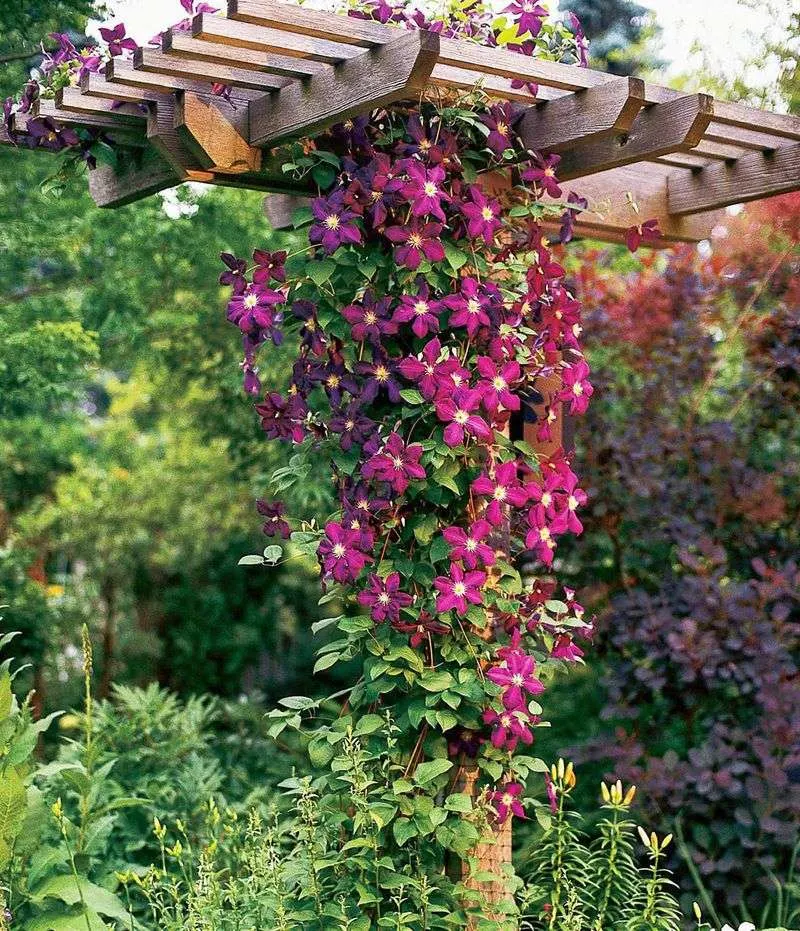
Climbing plants and vines add vertical interest and lush coverage to any garden. They are perfect for disguising unsightly structures or enhancing vertical spaces with minimal ground area. These plants can create stunning floral displays, offering privacy and shade. With options ranging from fragrant jasmine to vibrant clematis, they suit various climates and garden styles. Climbing plants require little maintenance once established, making them a perennial favorite. Their ability to transform spaces with minimal effort ensures they remain a cherished element in gardens worldwide.
Fruit Trees
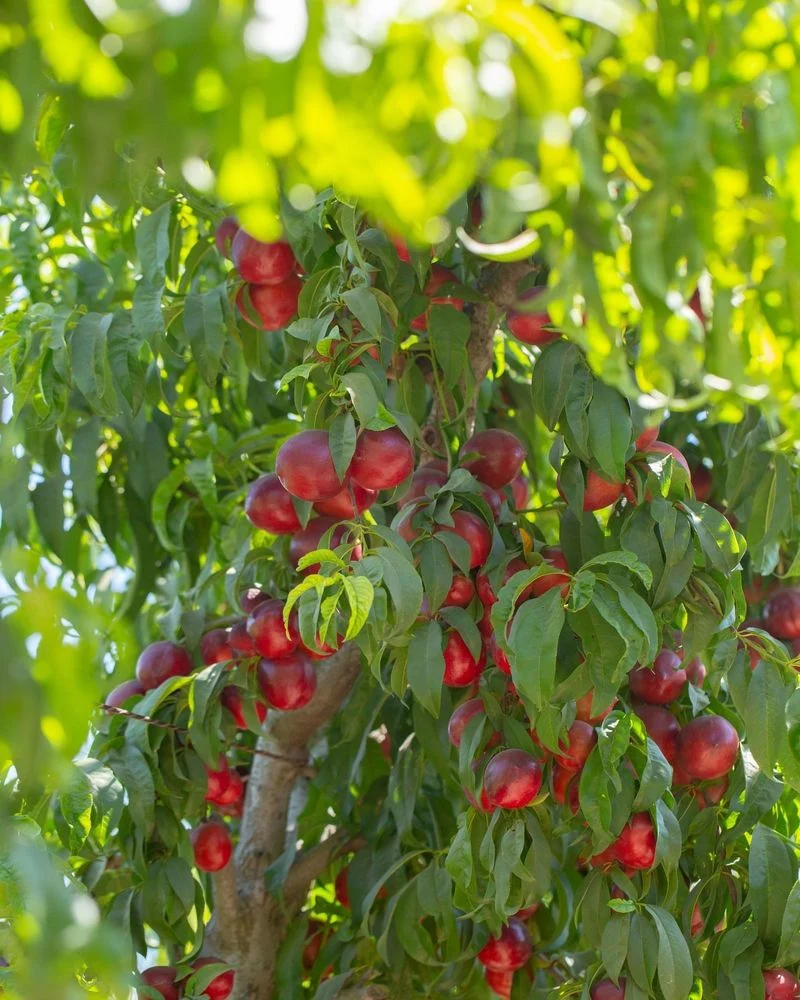
Fruit trees provide the dual benefit of beauty and bounty, offering seasonal blooms followed by delicious harvests. They add structure and interest to gardens, with the promise of homegrown fruits as a rewarding payoff. Once established, fruit trees require moderate care, with pruning and pest control being the main tasks. The satisfaction of picking fresh fruit from your own garden is unparalleled, contributing to a sustainable and healthy lifestyle. Their timeless appeal lies in their ability to connect us with nature’s cycles and the joy of nurturing growth.

